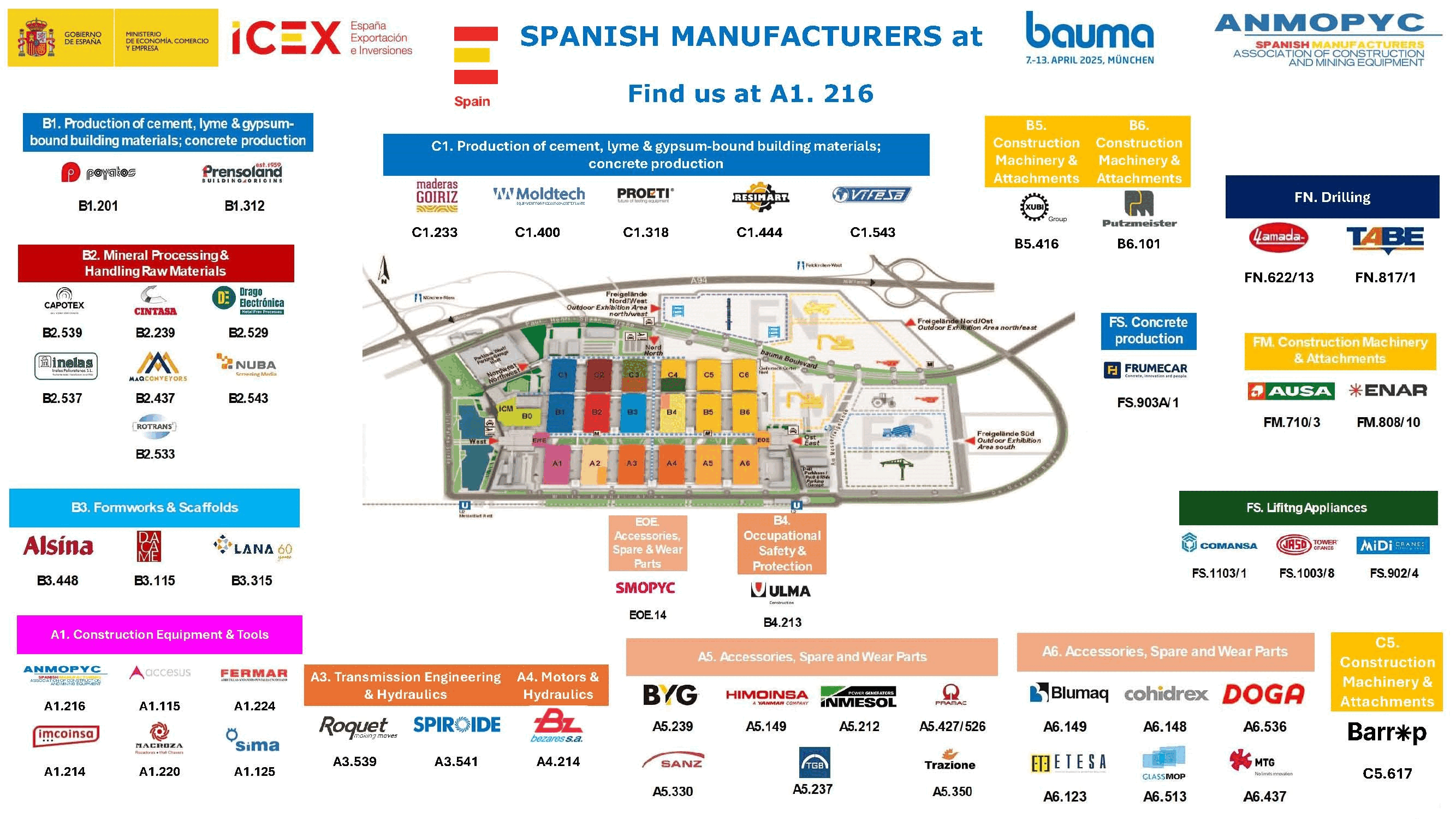European construction equipment industry in a good mood

Anmopyc News
05 Sep 2011
Half of the European construction equipment manufacturers evaluate their current economic situation as good or very good and an additional one third is satisfied with the situation. This is the result of the latest CECE Business Barometer survey.
The survey, which summarizes the evaluations of the European construction equipment industry, also shows that for the nearer future the participants stay optimistic: Within the next 6 month 3 out of 4 companies expect further growth in their sales, while only 8% fear a slow-down of their business.
However, there are differences in the evaluation depending on the markets: In Europe demand in Germany and France is regarded as strong and stable, while Spain, Portugal and Italy are seen as lagging behind. VDMA, the German Engineering Federation, is even working on the assumption that – thanks to good developments in construction machines – the 10 percent revenue growth, projected for the entire industry early this year, might actually be higher.
As before, business is mainly being stimulated from outside Europe.
In fact, the booming markets in China, India and Latin-America are evaluated still very positive, although less enthusiastic throughout the last 2 months. The strongest boom is reported from Russia, where the drop during the crisis years has been very sharp.
But some countries’ domestic market too, such as in Germany, are developing very well, with growth rates in incoming orders and sales above those in other countries.
The ongoing recovery in the demand for European construction equipment also had a positive effect on the employment situation in the sector.
However, the main effect seems to be over: 81% of the participants want to keep the number of regular employees steady, 16% want to further increase the number of fully employed staff.
Strong fluctuations in demand are still requiring companies to be highly flexible in their production but in mastering this, they come close to reaching their limits.
Manufacturers are equally concerned about their suppliers who are apparently also struggling with fluctuations. Companies from all sectors are reporting bottlenecks in the delivery of components and problems with the quality of the delivered parties. Also, price increases are not far from plausible.
“The effects of these problems on the supply chain will also be analyzed and discussed at the next CECE Economic Forum (12th October 2011)[1]” says Ralf Wezel, Secretary General of CECE “where the representatives of the industry and renown economists will debate on how to overcome the difficulties and what kind of economic and financial developments we can expect next year for our industry”.
However, there are differences in the evaluation depending on the markets: In Europe demand in Germany and France is regarded as strong and stable, while Spain, Portugal and Italy are seen as lagging behind. VDMA, the German Engineering Federation, is even working on the assumption that – thanks to good developments in construction machines – the 10 percent revenue growth, projected for the entire industry early this year, might actually be higher.
As before, business is mainly being stimulated from outside Europe.
In fact, the booming markets in China, India and Latin-America are evaluated still very positive, although less enthusiastic throughout the last 2 months. The strongest boom is reported from Russia, where the drop during the crisis years has been very sharp.
But some countries’ domestic market too, such as in Germany, are developing very well, with growth rates in incoming orders and sales above those in other countries.
The ongoing recovery in the demand for European construction equipment also had a positive effect on the employment situation in the sector.
However, the main effect seems to be over: 81% of the participants want to keep the number of regular employees steady, 16% want to further increase the number of fully employed staff.
Strong fluctuations in demand are still requiring companies to be highly flexible in their production but in mastering this, they come close to reaching their limits.
Manufacturers are equally concerned about their suppliers who are apparently also struggling with fluctuations. Companies from all sectors are reporting bottlenecks in the delivery of components and problems with the quality of the delivered parties. Also, price increases are not far from plausible.
“The effects of these problems on the supply chain will also be analyzed and discussed at the next CECE Economic Forum (12th October 2011)[1]” says Ralf Wezel, Secretary General of CECE “where the representatives of the industry and renown economists will debate on how to overcome the difficulties and what kind of economic and financial developments we can expect next year for our industry”.
 Earthmoving, Compaction, Materials handling and Transport
Earthmoving, Compaction, Materials handling and Transport
 Machinery for Mining and Construction Special Works
Machinery for Mining and Construction Special Works
 Plants and Machinery for the Production of Construction Materials
Plants and Machinery for the Production of Construction Materials
 Light and Auxiliary Equipment
Light and Auxiliary Equipment
 Lifting Equipment for Persons and Loads
Lifting Equipment for Persons and Loads
 Auxiliary Equipment and Elements
Auxiliary Equipment and Elements
 Components, Spare Parts and Accessories
Components, Spare Parts and Accessories



